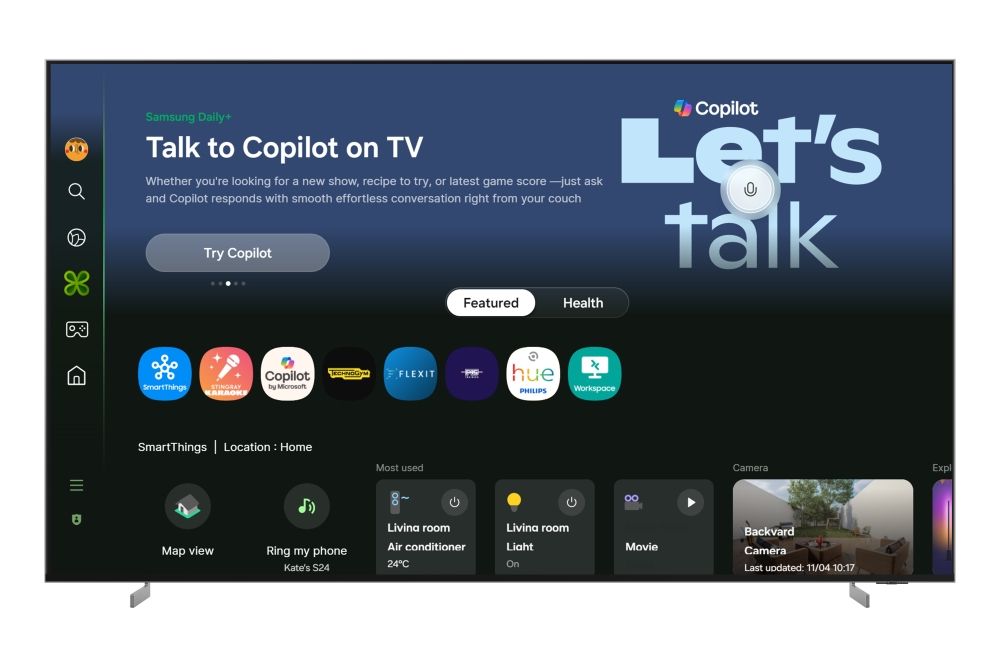Google just delivered its most ambitious smartphone lineup yet with the Pixel 10 series, but the flood of generative AI features raises questions about authenticity. WIRED's comprehensive review of all three models reveals impressive hardware upgrades overshadowed by an overwhelming AI experience that may alienate users seeking genuine photography.
Google just unveiled its most AI-saturated smartphone lineup ever, and the results are as impressive as they are unsettling. The Pixel 10 series represents a turning point for the company's flagship phones, delivering genuine innovations while wrestling with the philosophical implications of AI-generated content. WIRED's Julian Chokkattu spent weeks testing all three models, uncovering a device family that excels at hardware while struggling with AI overreach. The standout moment came during a phone call conducted entirely in Russian—a language Chokkattu doesn't speak. The Pixel 10's real-time voice translation feature generated his voice speaking fluent Russian, creating an eerily authentic conversation experience. His friend's reaction crystallized the entire Pixel 10 experience: impressive technology that feels slightly off-putting. The feature works by sampling voice patterns at call initiation, then generating approximations processed entirely on-device without recording conversations. This represents Google's commitment to privacy-first AI implementation, contrasting sharply with cloud-dependent competitors. Hardware specifications tell only part of the story. The Pixel 10 starts at $799, while the Pro and Pro XL command $999 and $1,199 respectively. All three models feature the new Tensor G5 chip, delivering what Chokkattu describes as a "sizable jump" from the previous G4 processor found in Pixel 9 Pro models. Yet benchmark performance remains secondary to Google's AI optimization strategy, continuing the company's focus on computational photography over raw processing power. The Camera Coach feature exemplifies Google's practical AI approach. During testing, the system successfully guided Chokkattu through capturing group photos, offering real-time composition suggestions. More impressively, the conversational photo editing tool in Google Photos removed unwanted objects within seconds, eliminating the need for manual editing expertise. These features build upon Google's decade-long computational photography leadership since the original Pixel's 2016 debut. However, the Pro Res Zoom capability raises fundamental questions about photographic authenticity. The feature enables 100X zoom photography by combining optical zoom with AI-generated image reconstruction. While technically impressive, Chokkattu questions whether images with AI-generated portions truly represent original captures. This tension between capability and authenticity defines the entire Pixel 10 experience. The competitive landscape has shifted dramatically since Google's last major update. recently announced its own AI photography initiatives, while continues pushing hardware specifications. Google's response focuses on integration depth rather than feature breadth, embedding AI throughout the user experience rather than treating it as separate functionality. Market reception will determine whether consumers embrace this AI-first philosophy or seek more traditional smartphone experiences. Early indicators suggest mixed reactions, with photography enthusiasts questioning AI-enhanced images while casual users appreciate simplified editing capabilities. The Pixel 10 Pro Fold, launching October 9, will extend this AI integration to foldable form factors, potentially setting new industry standards for computational photography in flexible displays. Google's strategic bet on AI integration reflects broader industry trends toward computational enhancement over hardware differentiation. The Tensor G5's performance improvements support this vision, providing sufficient processing power for on-device AI while maintaining competitive battery life and thermal management.
